Orkney's war on stoats
A coordinated stoat cull on the Scottish islands is proving successful – and conservationists aren't slowing down
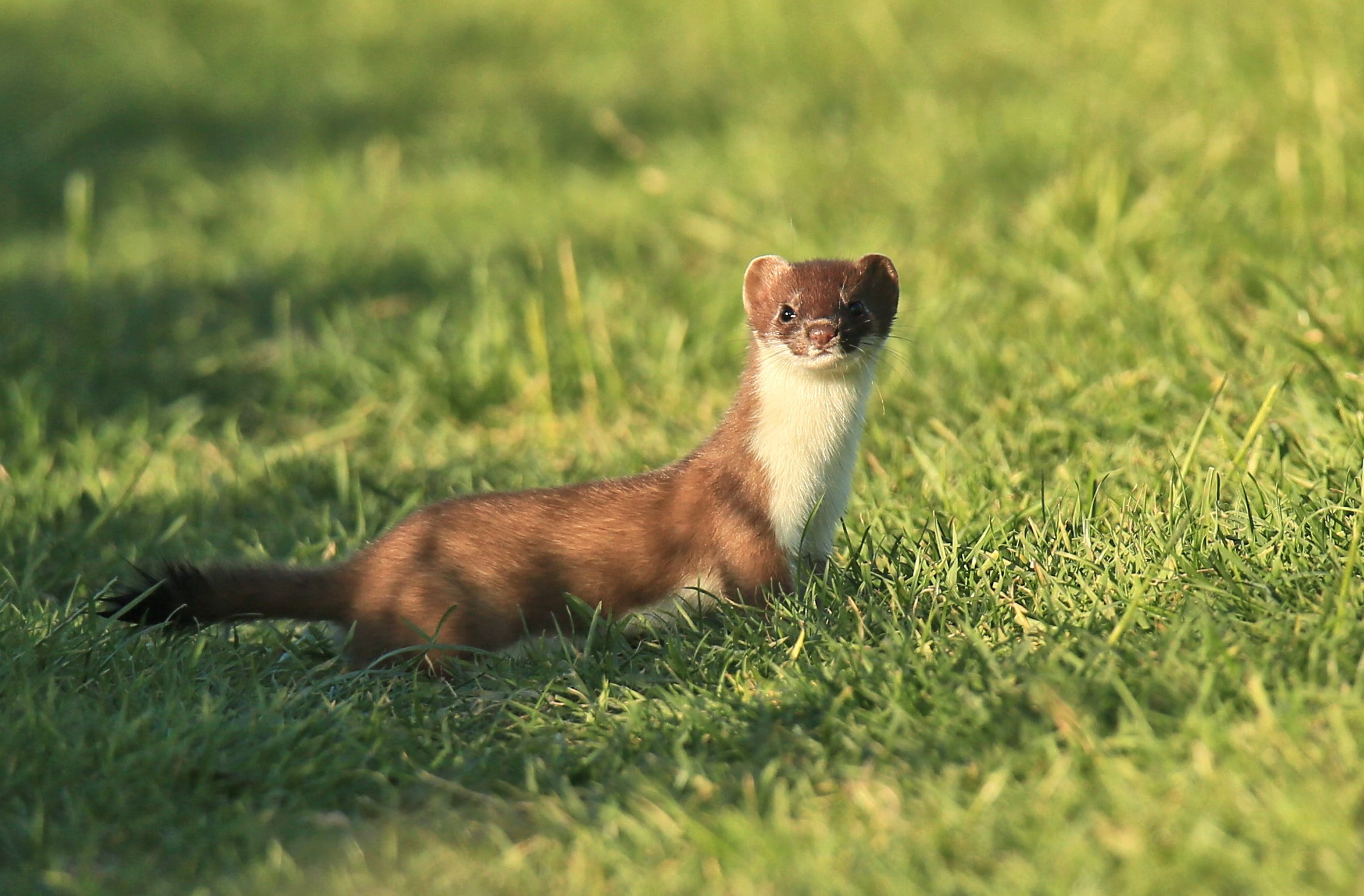
Conservationists are celebrating the success of a large-scale stoat removal project in Orkney. The non-native mammals have wreaked havoc on indigenous birds and voles since their arrival on the Scottish islands 15 years ago. Since 2019, nearly 6,500 stoats have been eliminated, in what Anne McCall, director of the Royal Society for the Protection of Birds (RSPB) Scotland, described in a recent report as "the biggest project of its kind ever attempted".
The Orkney Native Wildlife Project (ONWP), led by the RSPB, has been working to protect the populations of ground-nesting hen harriers and the Orkney vole, a species listed as vulnerable in Scotland. The report called 2023 a "great year" for the native vole, also reporting tangible impacts on several other species. In August, the project was awarded an additional £4 million to help finish the stoat-removal job, but leaders are still on the hunt for more funding to ensure Orkney is "stoat-free by 2030".
Stoat invasion
Stoats (part of the same taxonomic family as badgers, weasels and otters) were first reported on Orkney in 2010, according to the ONWP, and soon began to threaten the island's ecosystem. Fast breeders, with large appetites and advanced predatory skills, they have quickly put native species in vulnerable positions. The Orkney vole, found only on the archipelago, is particularly at risk. "Stoats also tend to kill more than they need and hide – or 'cache' – the rest to eat later," said the Daily Record. "In Orkney, caches containing as many as 100 Orkney voles have been found."
The Week
Escape your echo chamber. Get the facts behind the news, plus analysis from multiple perspectives.

Sign up for The Week's Free Newsletters
From our morning news briefing to a weekly Good News Newsletter, get the best of The Week delivered directly to your inbox.
From our morning news briefing to a weekly Good News Newsletter, get the best of The Week delivered directly to your inbox.
As omnivorous eaters, an unchecked population of stoats also poses a threat to mice, rabbits, hedgehogs and birds, including Orkney's population of curlews and hen harriers.
Eradication efforts
The ONWP has developed a network of "intense 'response trapping'", overseen by a dedicated "eradication team". "This means identifying stoat hotspots through public sightings, dog searches, and monitoring equipment," said the organisation on its website. "Using this information, we're creating a smarter network of traps that put more pressure on the shrinking stoat population." Orcadians can plot stoat sightings on a map on the ONWP website. Once identified, the stoats are caught in "humane lethal traps", said The Times.
"There will continue to be native predators, disease, bad weather and many other factors that influence the survival of our wildlife," said McCall in the project's most recent progress report. But "removing the invasive stoats from the island is our best chance at maintaining this balance and giving our special wildlife the best chance to build the resilience it needs to meet these threats".
"This is a success story for conservation against the backdrop of a nature crisis that is pushing more of Scotland's wildlife to the brink."
A free daily email with the biggest news stories of the day – and the best features from TheWeek.com
-
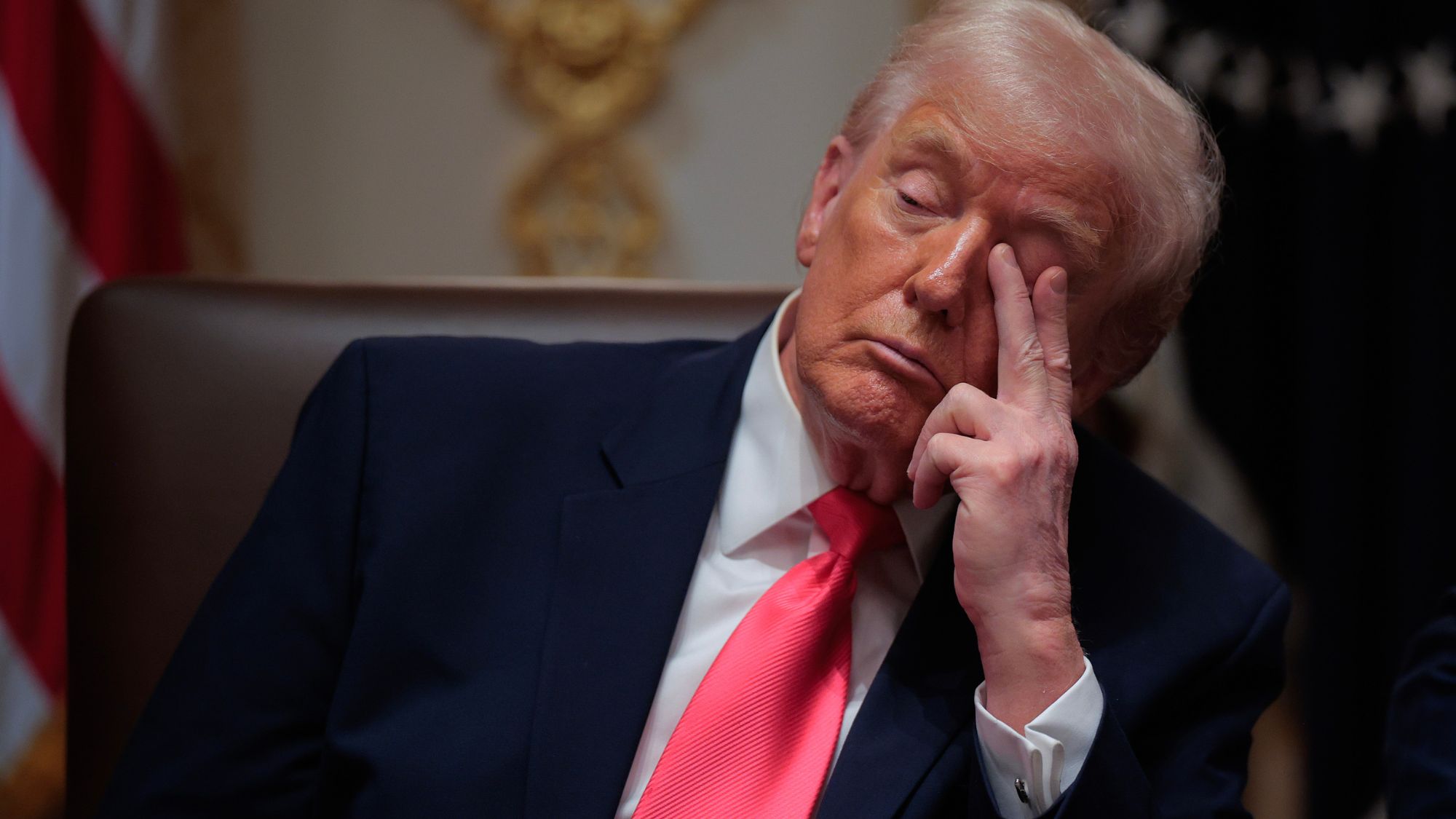 Trump’s poll collapse: can he stop the slide?
Trump’s poll collapse: can he stop the slide?Talking Point President who promised to ease cost-of-living has found that US economic woes can’t be solved ‘via executive fiat’
-
 Codeword: December 7, 2025
Codeword: December 7, 2025The daily codeword puzzle from The Week
-
 Sudoku hard: December 7, 2025
Sudoku hard: December 7, 2025The daily hard sudoku puzzle from The Week
-
 ‘The Big Crunch’: why science is divided over the future of the universe
‘The Big Crunch’: why science is divided over the future of the universeThe Explainer New study upends the prevailing theory about dark matter and says it is weakening
-
 Dinosaurs were thriving before asteroid, study finds
Dinosaurs were thriving before asteroid, study findsSpeed Read The dinosaurs would not have gone extinct if not for the asteroid
-
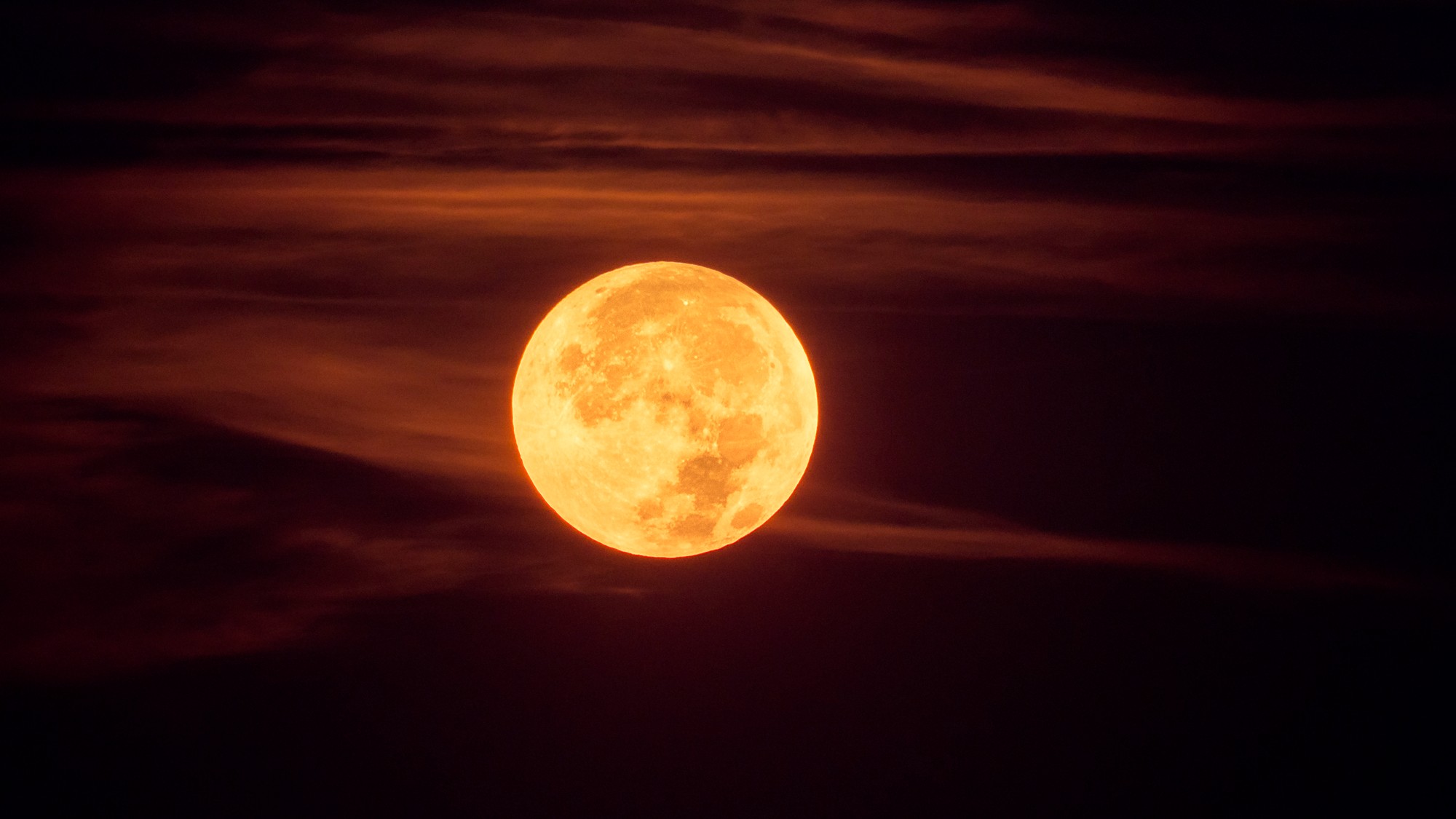 The moon is rusting
The moon is rustingUnder the radar The Earth is likely to blame
-
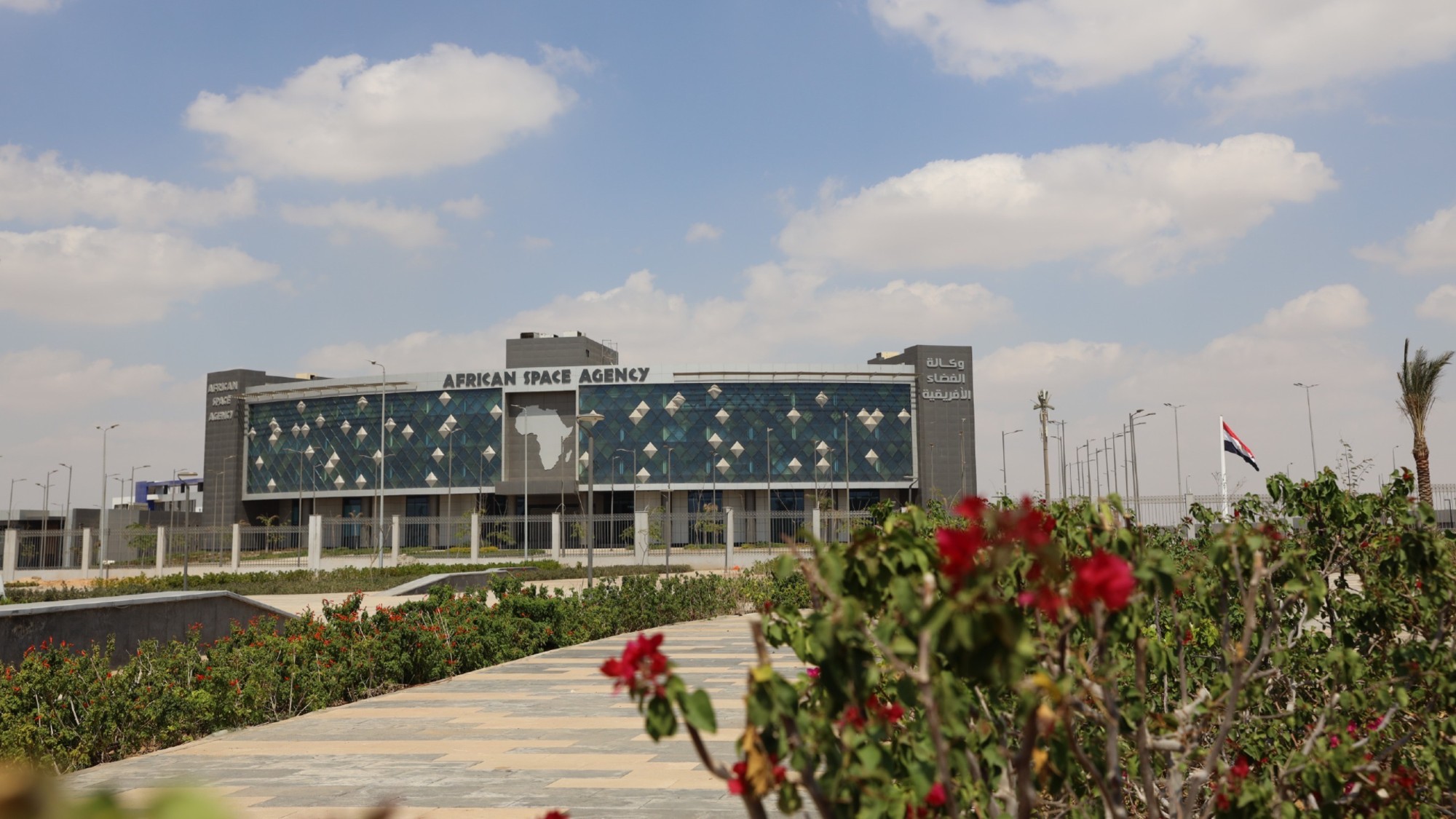 Africa could become the next frontier for space programs
Africa could become the next frontier for space programsThe Explainer China and the US are both working on space applications for Africa
-
 NASA reveals ‘clearest sign of life’ on Mars yet
NASA reveals ‘clearest sign of life’ on Mars yetSpeed Read The evidence came in the form of a rock sample collected on the planet
-
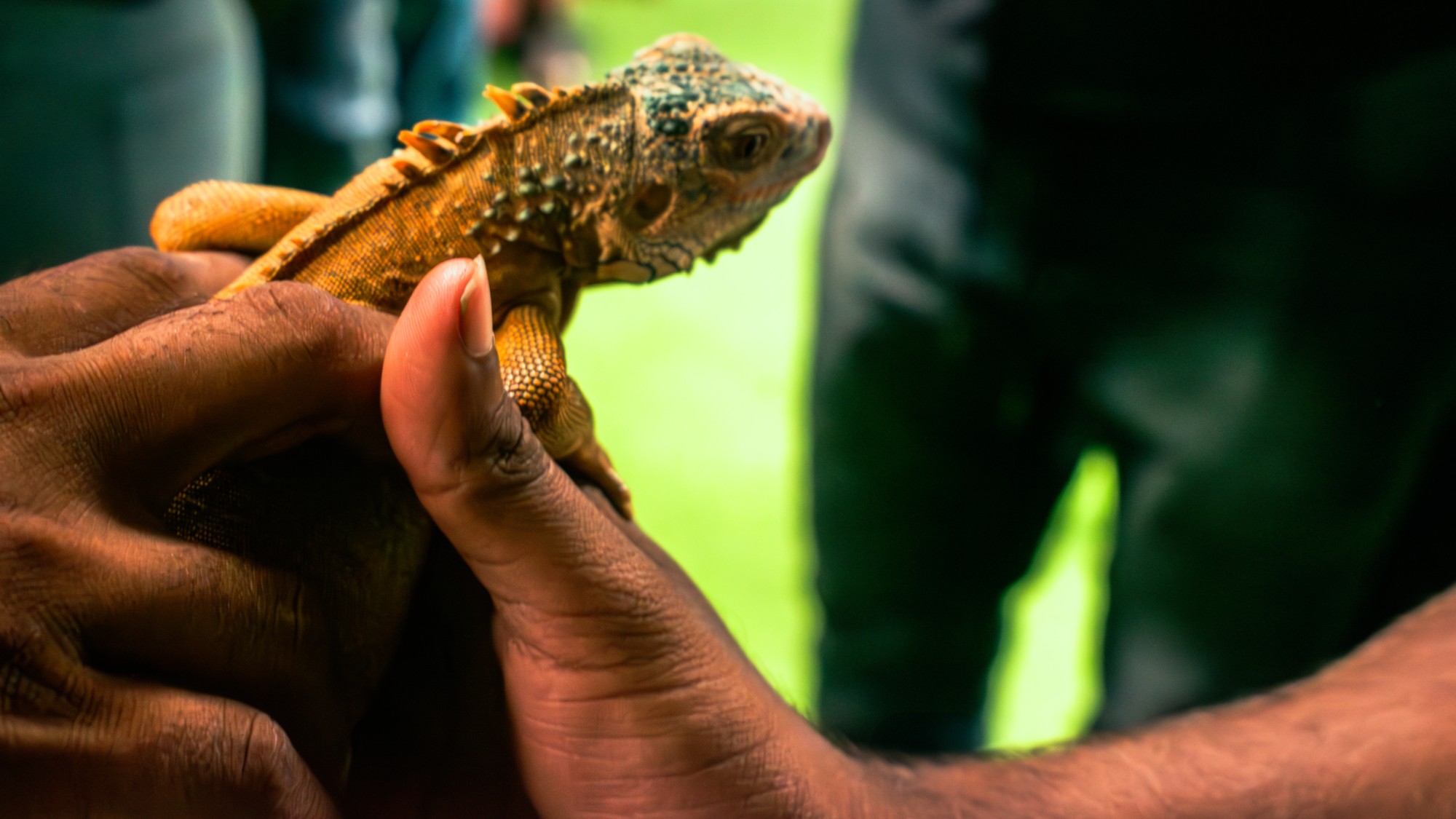 Parthenogenesis: the miracle of 'virgin births' in the animal kingdom
Parthenogenesis: the miracle of 'virgin births' in the animal kingdomThe Explainer Asexual reproduction, in which females reproduce without males by cloning themselves, has been documented in multiple species
-
 Atoms into gold: alchemy's modern resurgence
Atoms into gold: alchemy's modern resurgenceUnder the radar The practice of alchemy has been attempted for thousands of years
-
 Hurricanes are not exclusive to Earth. They can happen in space.
Hurricanes are not exclusive to Earth. They can happen in space.Under the radar These storms may cause navigational problems